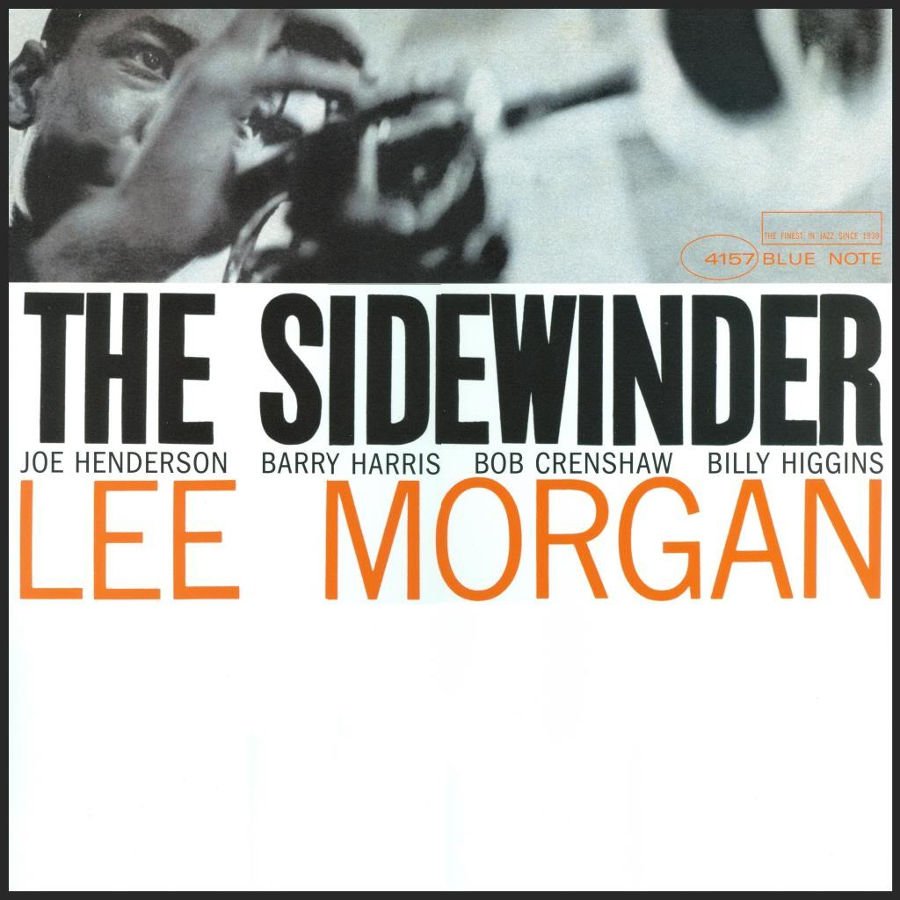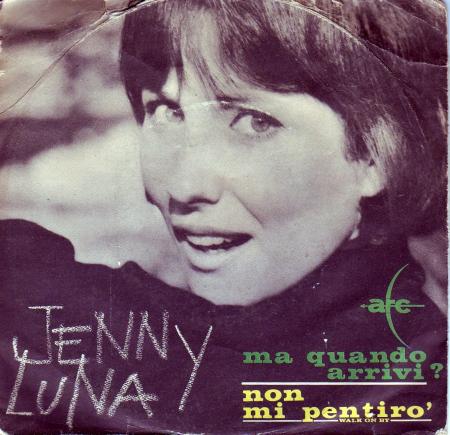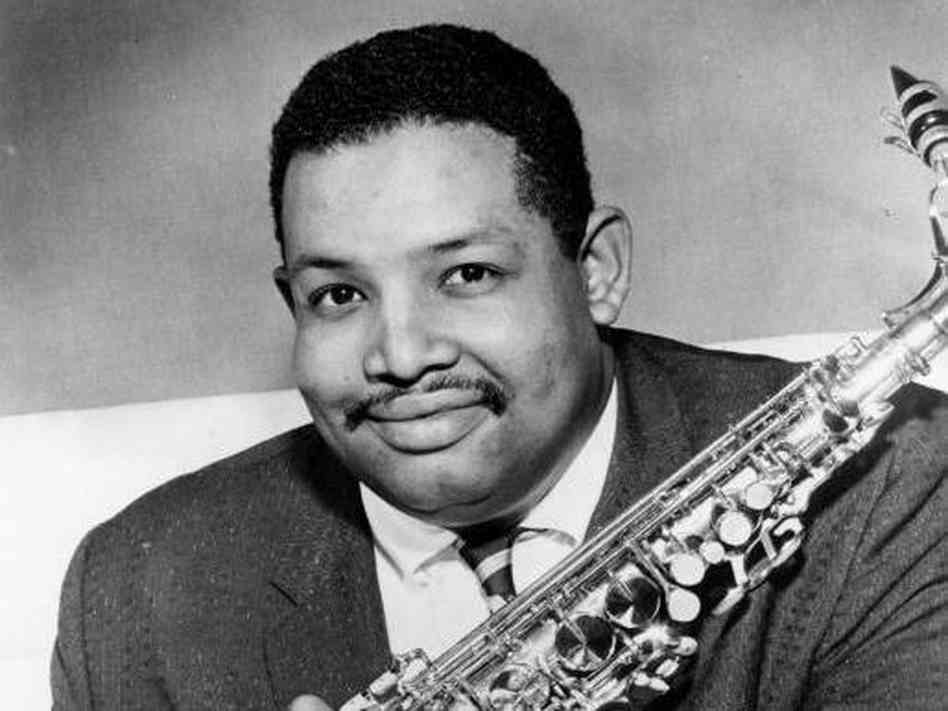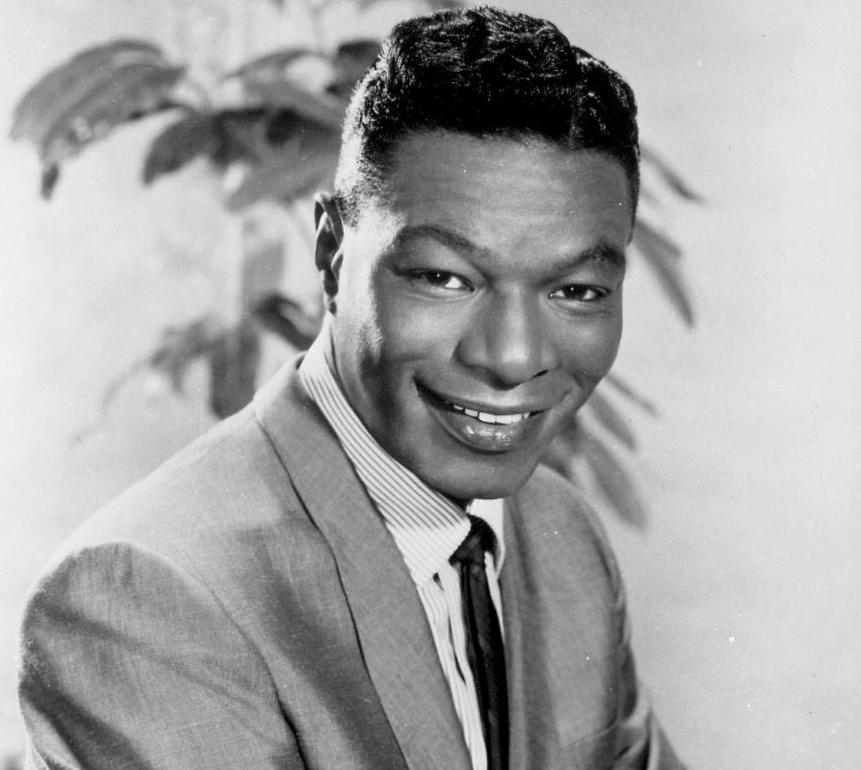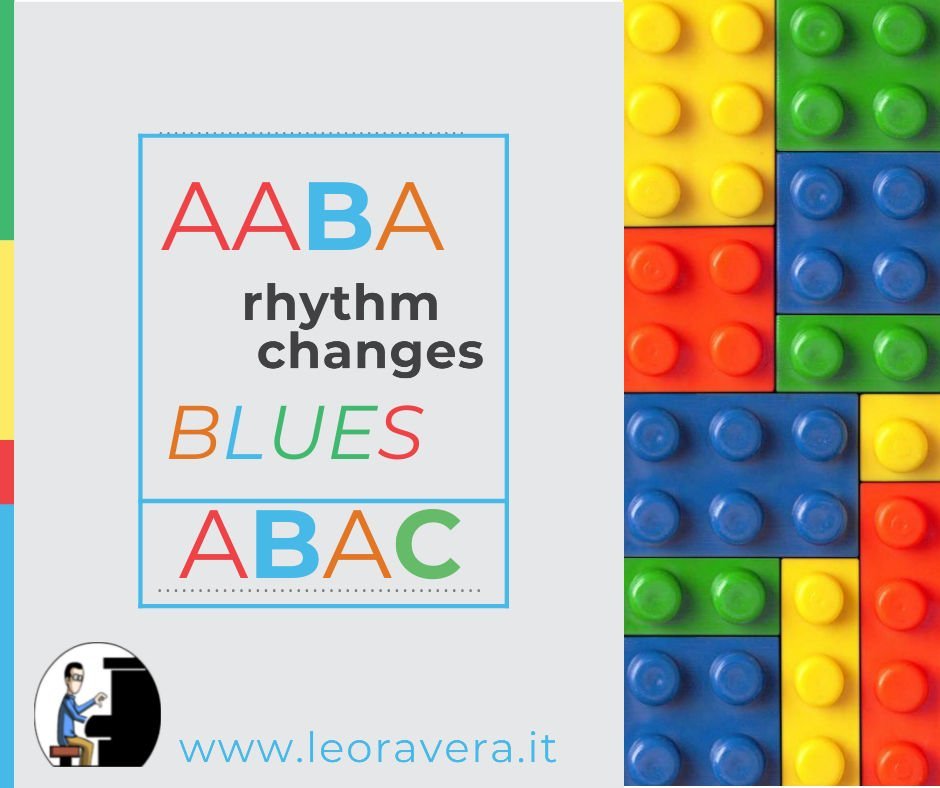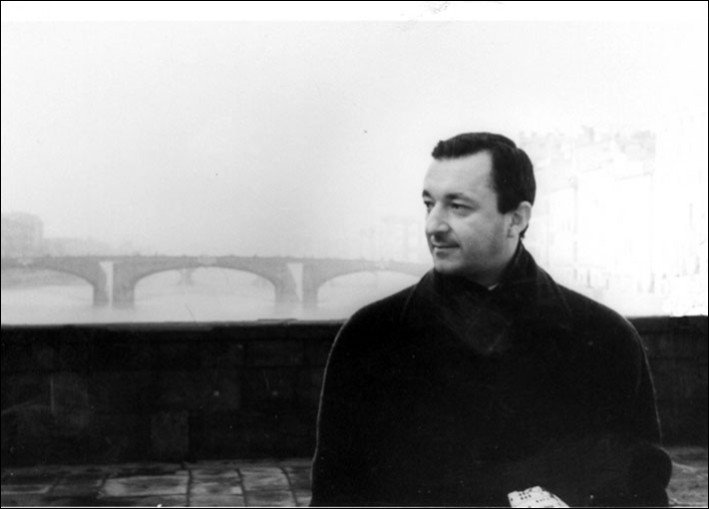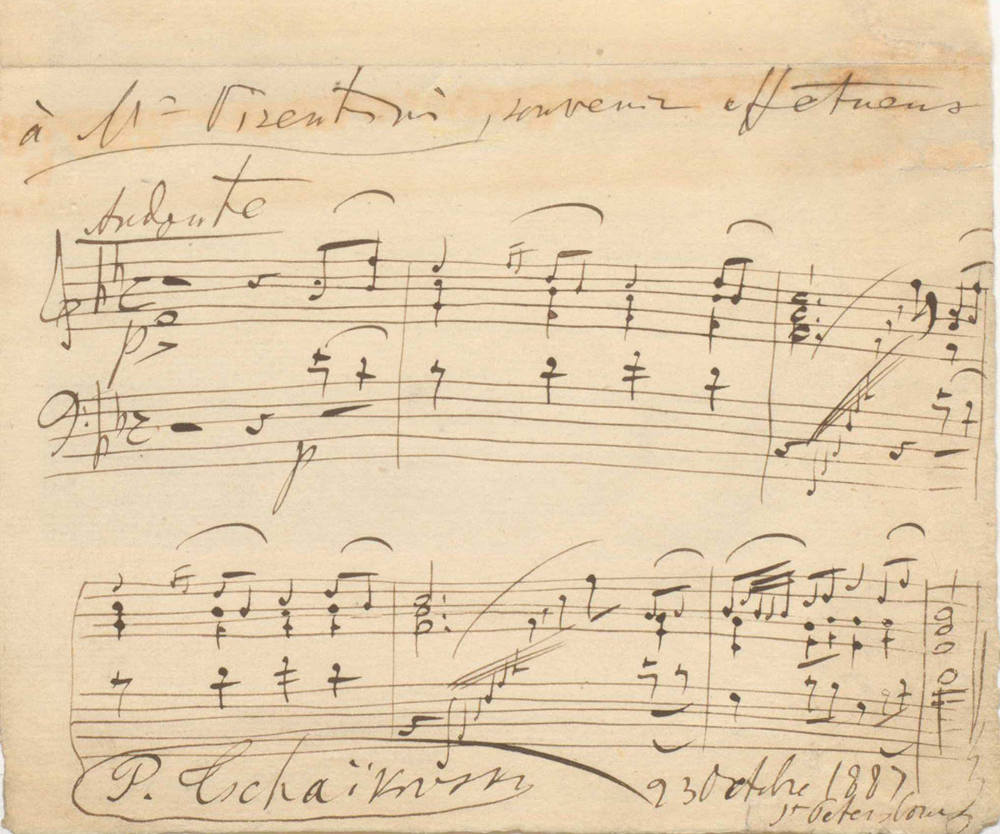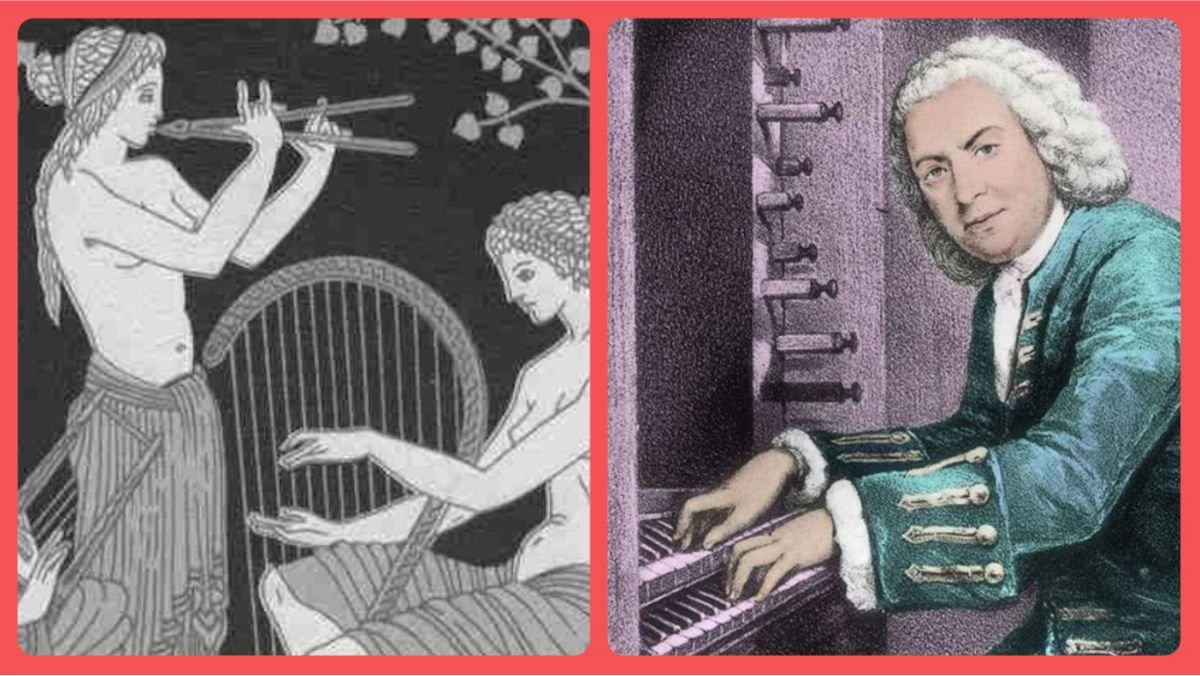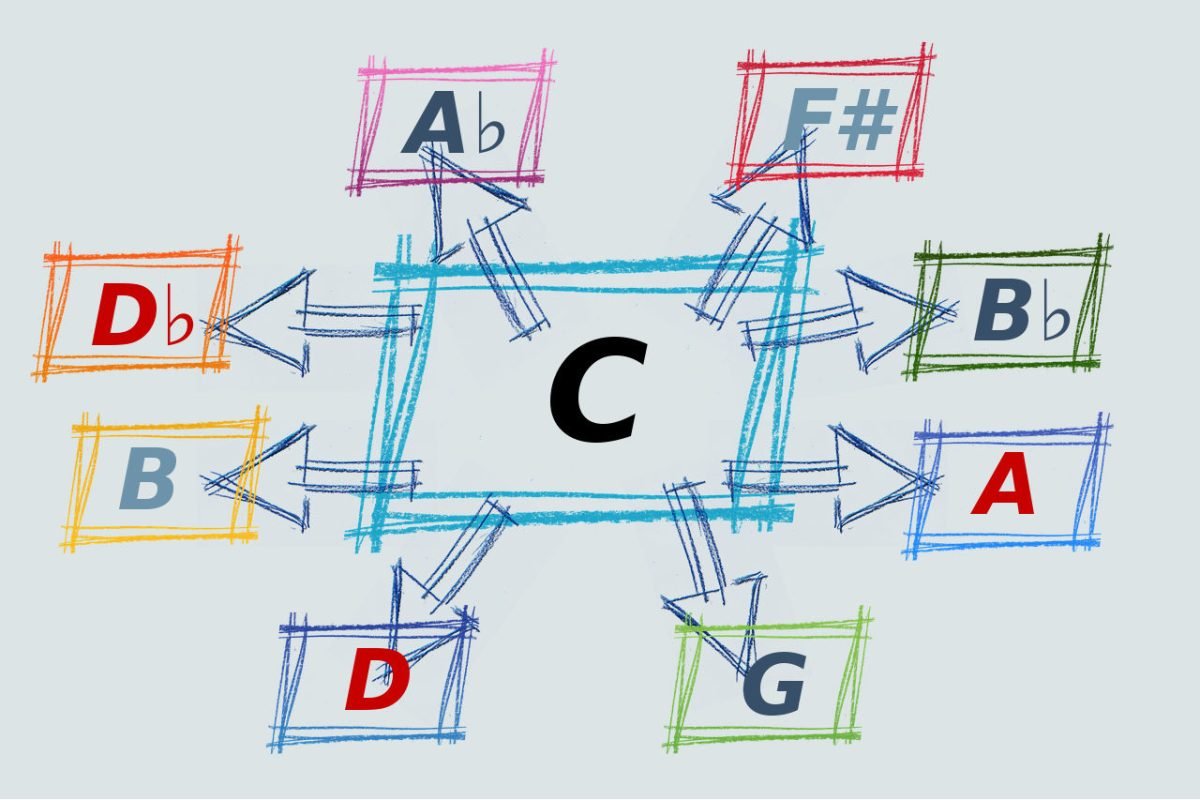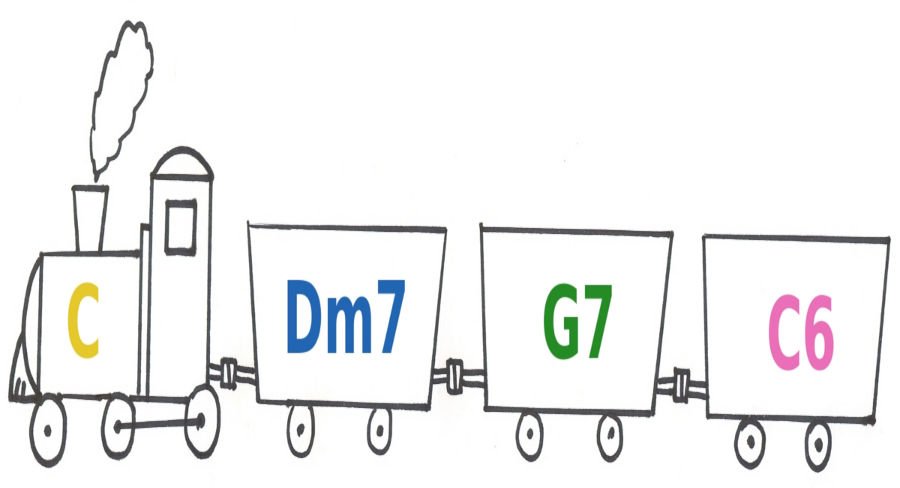[Monday Notes No 41] Many Blue Note records of the 1960s opened with a catchy tune: funky, soul or Latin sounding. The intention of the label was to contrast the spread of Rock, showing that Jazz could also be fun and easy listening music. Lee Morgan’s The Sidewinder follows this trend. Help me to spread…Continue readingLee Morgan, The Sidewinder. How to build a jazz solo
[Monday Notes No 38] Carlo Alberto Rossi wrote over six hundred songs during his long and successful career. His name is associated with that of Mina, who made some of his songs famous, such as E se domani, Amore baciami, Le mille bolle blu.Continue readingThe music of Carlo Alberto Rossi, A chi darai i tuoi baci
[Monday Notes No 37] Autumn Leaves entered the jazz repertoire rather late, the original French version dates from 1946, while the English version became established in the mid-1950s. In this respect, Autumn Leaves is a young standard, in fact most of the jazz repertoire dates back to at least the 1940s, if not earlier.Continue readingCannonball Adderley, Autumn Leaves. A jazz standard from France
[Monday Note 36] Nat King Cole was a formidable jazz pianist, yet he had greater success as a singer. Songs such as Mona Lisa, Smile and Unforgettable made him popular and led to him to be the first African American to lead a television show.Continue readingNat King Cole plays and sings Mona Lisa, a song with an Italian flavour
Songs in general, and jazz standards in particular, tend to repeat patterns and repetitive harmonic successions. It is important to understand well how these chord successions are organised and the structure of the songs as a whole. You will then be able to play more relaxed, and consequently more creatively. In this lesson we will…Continue readingForm in pop songs and jazz standards
[Monday Notes n.153] For the soundtrack of the film I soliti ignoti the director Mario Monicelli chose a young Florentine musician named Piero Umiliani. Monicelli wanted a completely jazzy soundtrack, an unusual choice at the time. Let us analyse the main theme entitled Gassmann Blues.Continue readingGassmann blues, Piero Umiliani’s music for I soliti ignoti by Monicelli
June is part of Op. 37a written by Pyotr Ilyich Tchaikovsky in 1875. The volume was commissioned by a music magazine that asked the composer for twelve pieces of music, dedicated to the twelve months of the year. The pieces were then published with the magazine, one per month.Continue readingJune, from “The Seasons” by Tchaikovsky. Simplified version and piano tutorial
What is the difference between modal and tonal music? Often when analysing jazz standards we distinguish between modal and tonal pieces, and the same happens when we talk about improvisation: there is modal improvisation and tonal improvisation. So let’s try to explain the difference between modal and tonal music by giving some concrete examples.Continue readingTonal and modal music: what is the difference?
Modulation is a movement of chords by which a piece of music changes from one key to another. Modulation is most often used in the classical and jazz repertoire, while it is used less in rock and pop, where songs usually remain in the initial key throughout their entire duration.Continue readingModulation in music: what it is, what it is used for
What is a cadence in music? In this lesson, you’ll find out what the three most important cadences are and where they are used: the perfect cadence, the plagal cadence and the minor cadence. We will also talk about a special type of cadence called a turn around.Continue readingPerfect cadence, plagal cadence and minor cadence

